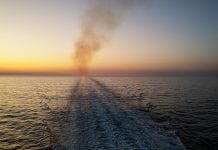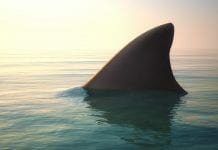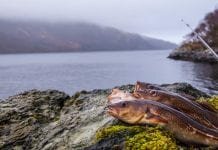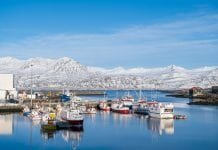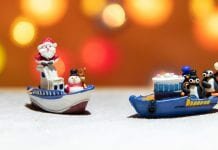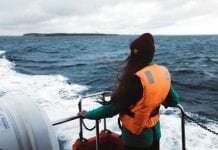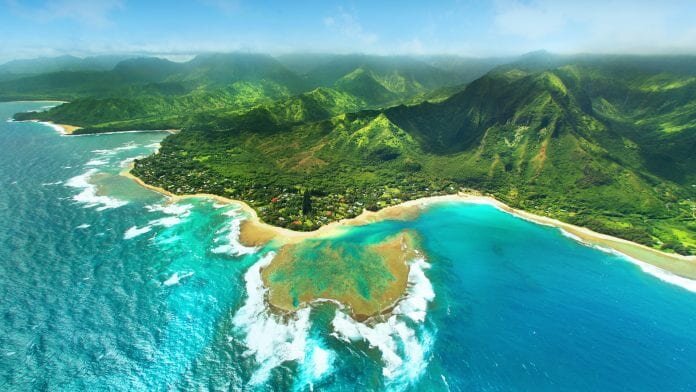
The University of Hawai’i Sea Grant College Programme has been awarded nearly $1.4m (€1.27m) to research and develop new aquaculture opportunities.
The funding, issued by the USA’s National Oceanic and Atmospheric Administration (NOAA), will enable the Hawai’i Sea Grant programme to establish a new collaborative initiative in Hawai’i and the Pacific region; to be focused on ‘socially, geographically, and economically inclusive’ aquaculture education and research. The NOAA has released the funding, along with disbursements to similar sea grant college programmes across the US, with the eventual goal of accelerating the development of a sustainable, comprehensive blue economy and aquaculture sector in the USA’s marine and coastal territories.
Dr Darren Lerner, Director and principal investigator of the Hawai’i Sea Grant, said: “This funding will assist in creating a hub which fully integrates research, extension, and education services directed towards supporting the continued development and enhancement of indigenous aquaculture practices and the aquaculture industry in Hawai’i and the Pacific.”
Further NOAA grants have been allocated to two research projects operating under the Hawai’i Sea Grant: ‘Culture of Native Bivalve Species to Expand Mariculture Opportunities and Improve Coastal Environments’, which is aimed at developing hatchery and cultivation protocols for a selection of species of bivalves – including the black-lip pearl oyster and some types of saltwater clams – in the Hawai’i and Pacific regions; while ‘Exploring the Potential for Sustainable Capture-Based Aquaculture of Spiny Lobster (Panulirus spp.) in Pohnpei, Federated States of Micronesia’ will explore the potential for growing and farming the wild spiny lobster, in order to work towards the establishment of a new aquaculture industry in the Western Pacific region.
Jonathan Pennock, director of the National Sea Grant College Programme, said: “With our 2019 investments, we are building on investments by Sea Grant and NOAA over the last few years to fill critical gaps in information and strengthen connectivity of science to industry. These investments will help advance US aquaculture in sustainable, thoughtful ways using the best science and talent across the country.”


